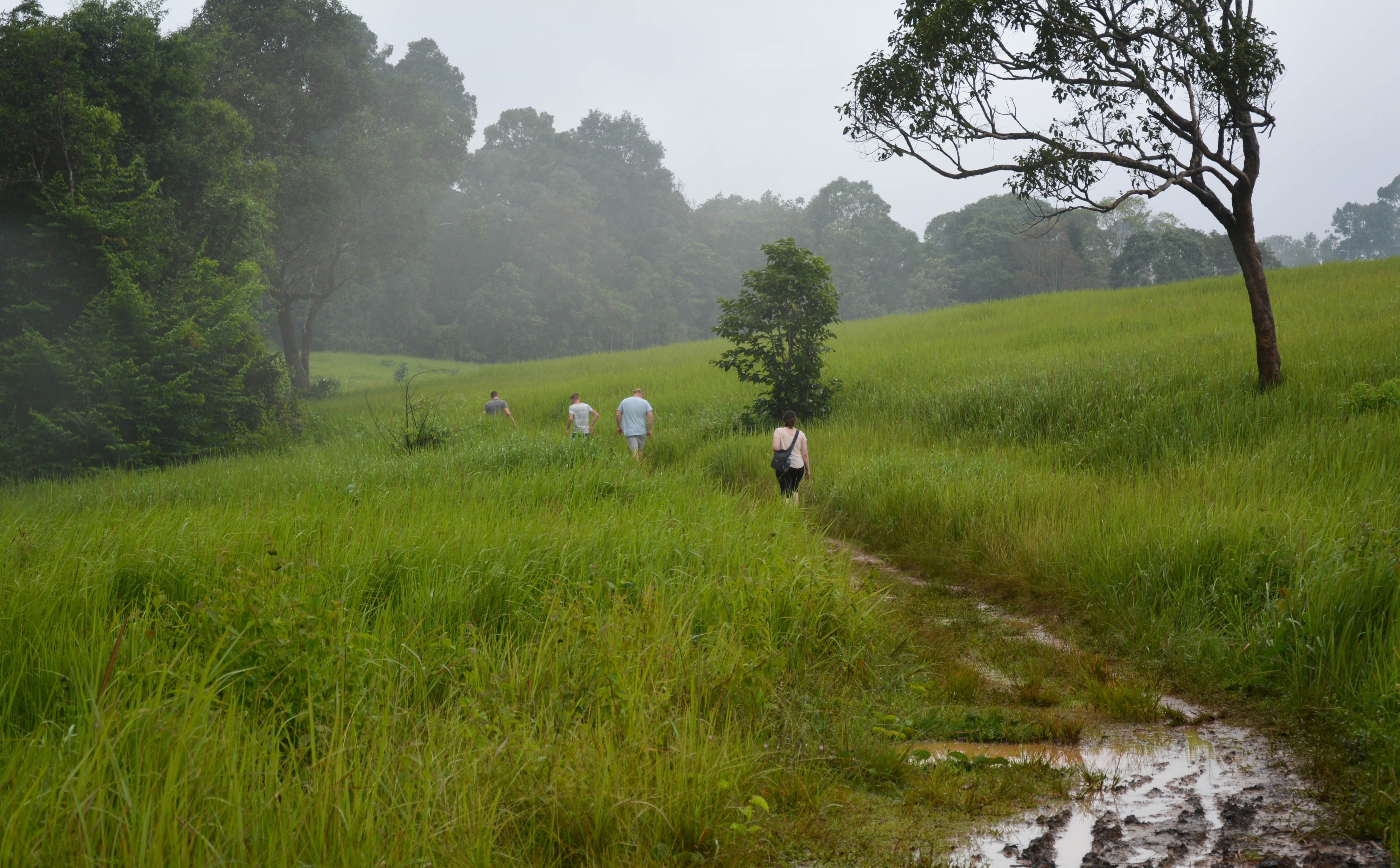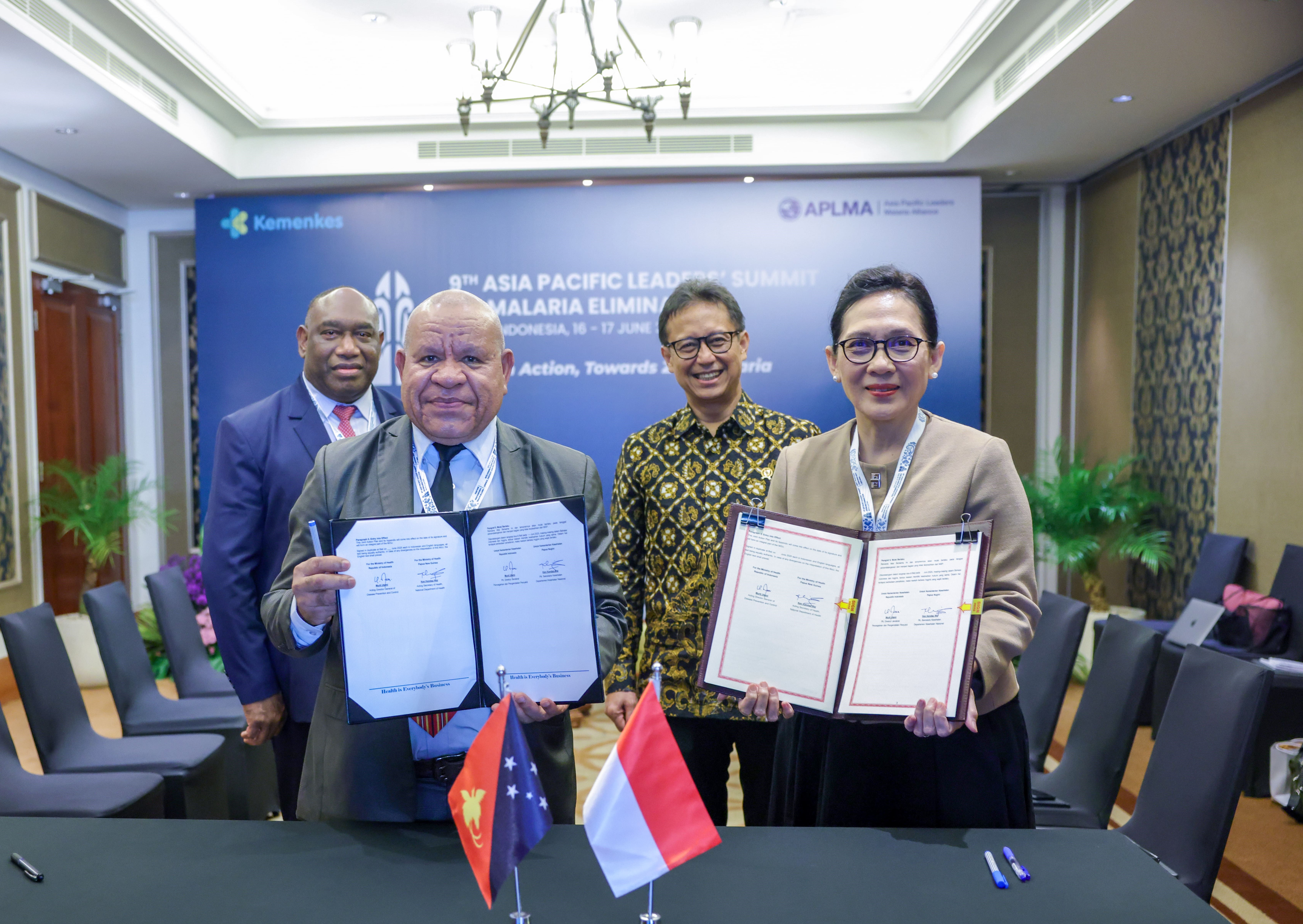
In little more than a decade, an Asian child in a remote, rural community will fall ill with fever following a mosquito bite. After accurate diagnosis, she will be given effective treatment and make a full recovery. A community health worker will determine there are no other cases. It will be the last case of malaria in Asia Pacific.
This is not a fantasy, but a tangible moment within our grasp.
Over the past 15 years, a massive international donor effort to tackle malaria in the Asia Pacific region has driven greater access to medicines, distribution of bed nets and better screening and diagnosis. These actions halved the burden of the disease, averting over 80 million cases and over 100,000 deaths in our countries.
Building on this momentum, in 2014 the heads of 18 Asia Pacific governments set an ambitious goal: to eliminate malaria in the region by 2030. They formed the Asia Pacific Leaders Malaria Alliance (APLMA) to strengthen their anti-malaria efforts, protect hard-won national gains and, ultimately, to defeat the disease throughout the region.
The political pledge is backed up by budgetary assurances from local governments. Since 2012, countries in Asia Pacific have increased their domestic financing for malaria by 44%; estimates indicate another 40% increase between now and 2020. Over the same period, nations in the Greater Mekong Subregion have increased domestic investment against the disease by 230%.
Among other health financing innovations, APLMA is creating new platforms, such as ‘M2030’, to help raise funds and inspire action to end malaria. With M2030, Asian consumers and business leaders are joining forces in Indonesia, Myanmar, Thailand and Viet Nam to combat malaria in their own countries while contributing to regional success.
But according to the 2017 World Malaria Report, overall progress has stalled. In 2016, there were an estimated 216 million cases of malaria in the world, five million more than in 2015.
This is a wake-up call that our progress is at risk. Emerging forms of drug-resistant malaria in the Greater Mekong Subregion threaten a resurgence in malaria-related deaths, which would strain health care systems, cause serious economic impact and create a hazard for neighbouring countries.
The malaria control strategies of the past will not be as effective in the future. Eliminating malaria requires greater ingenuity in programme implementation, innovative health technologies – such as new medicines and insecticides – and approaches that unite diverse sectors, national efforts and regional actions.
In 2016, Sri Lanka received official ‘malaria-free’ certification from the World Health Organization for successfully eliminating the disease. The extraordinary achievement was the result of years of hard work and the nimble adoption of new anti-malaria approaches.
Historically, malaria has been widespread in China. In 2010, the Chinese government launched a national malaria elimination programme, calling on 13 different ministries to integrate malaria elimination into their work. At the time, China reported almost 5000 locally-acquired cases of malaria annually. In 2017, there were no locally-acquired cases, according to preliminary reports. Once confirmed, this will be an important milestone for regional malaria elimination efforts; a major achievement for a nation and a malaria epidemic, of this size.
From the vast geography of China to the island nation of Sri Lanka, the recipe for success requires a united effort to galvanize political will. Following China and Sri Lanka’s achievement, senior officials from Asia Pacific governments agreed to establish national malaria elimination task forces. Their goal was to drive political engagement, momentum and accountability. To succeed, all national programmes need to work together with clinical and academic bodies, the corporate sector, defence and military agencies, civil society and local communities. To succeed, the GMS countries need to work as one, across borders.
Defeating malaria takes more than better screening and more bed nets—it takes political will. To make malaria a thing of the past, all malaria-endemic countries must establish national task forces as soon as possible.
We already know where we will find the last case of malaria in the Asia Pacific region: most likely in a remote, under-resourced, rural community along a heavily forested border. When it will occur depends on how well our countries are able to work together across sectors and borders to meet our 2030 goal.
On our own, none of us can defeat malaria. Together, we are close to the moment of realizing a malaria-free Asia Pacific. What we must do is act on it, now.
Ruby Shang
Chair of the APLMA Board of Directors
(This article was published in a special supplement of The Guardian on World Malaria Day 2018 and by the Central Chronicle in India).
.svg)



.jpeg)





